25 Apr What Are Lanyards?
WHAT ARE LANYARDS?
One of the most frequent questions we receive from new climbers is, “what are lanyards?”
Naturally the answer depends on the type of work you are doing. For those folks in Corporate America, a lanyard is simply the auto-retracting device that keeps your identification badge neatly affixed to your finely pressed khakis, or carries your keys and high school mascot.
For those of us who work at-height there are two broad categories of lanyards with a total of four different types of lanyards, each of which is part of your fall protection system and might consist of a fall arrest lanyard, work positioning lanyard, fall restraint lanyard or fall restriction device.
CATEGORY #1 FALL ARREST LANYARDS
First, fall arrest lanyards consists of self-retracting lifelines (SRLs) and Fall Arrest Lanyards, which are often simply referred to as “hooks”, referencing the snap hooks on the end of each lanyard leg which allow users to remain 100% tied-off when other forms of fall arrest (rope or cable grabs, etc.) are not available or practical.
Typically, these lanyards are made of rope, webbing or cable (for specialized applications). Regardless of material, fall arrest lanyards are easy to identify because of the included shock pack or tubular shock absorbing legs. As with any product there are options when it comes to fall arrest lanyard types.
- The Y-style lanyard (in the image above) features two legs that are connected into a single shock pack.
- The V-style lanyard features two integrated tubular style shock packs; one in each leg.
CATEGORY #2 WORK POSITIONING LANYARDS AND FALL RESTRICTION LANYARDS
Work Positioning Lanyards are used to allow climbers to work with two hands free while remaining 100% attached to the structure (with proper fall arrest in place). Again, these positioning lanyards are often made from rope, webbing or cable/linked chain (for specialized applications).
Fall Restriction – Fall restriction devices are specialized derivative of positioning lanyards designed for linemen to use on wood poles. These devices are intended to provide fall protection for linemen where other methods are not practical and, when used properly, will allow a worker to regain his footing should he experience a cut-out.
Fall Restraint lanyards are often adjustable with one end attached to an anchor and the other attached to the user and are intended to restrain a user’s movement to the point that he/she cannot experience a fall.
- It’s not uncommon to see positioning or other textile devices including rope, cordage, webbing or pre-made haul kits with which prevent a user from experiencing a fall used in restraint applications.
It is critical to understand the different types of lanyards available and their intended use. In most at-height industries a worker will use a combination of one of the four main different types of lanyards to remain safe and compliant.
Safety One Training is a top-rated provider of fall protection training, snowcat/extreme-weather condition training, and safety & survival equipment. If you have any further questions regarding the different types of lanyards, the usage of the lanyards in your industry, and the types of trainings that are available for proper techniques/skills relative to those lanyards, click here to contact us or give us a call at +1 (800) 485-7669.
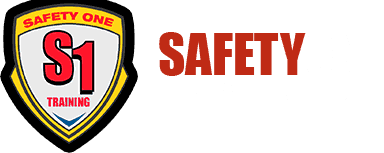
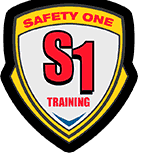
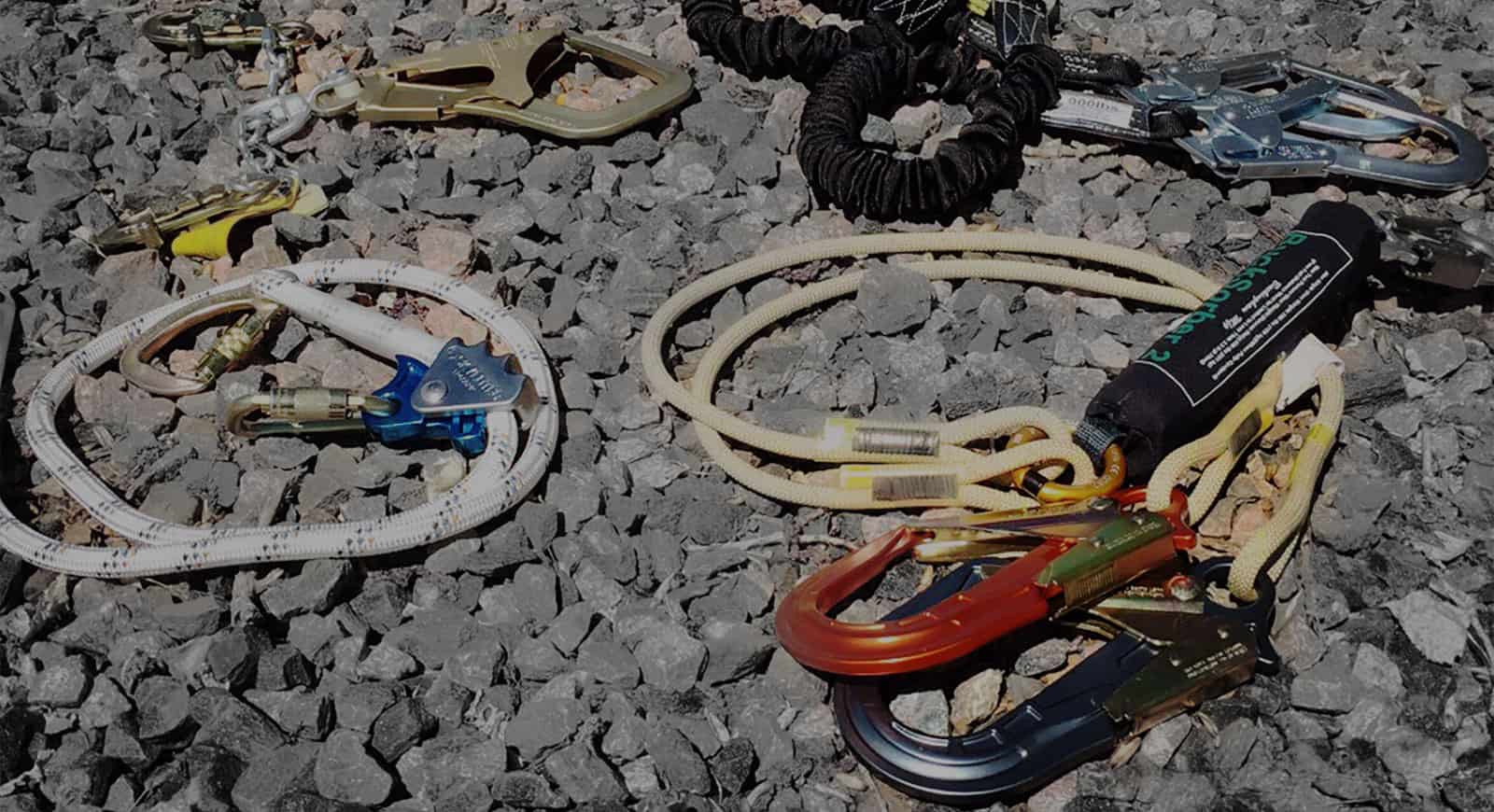
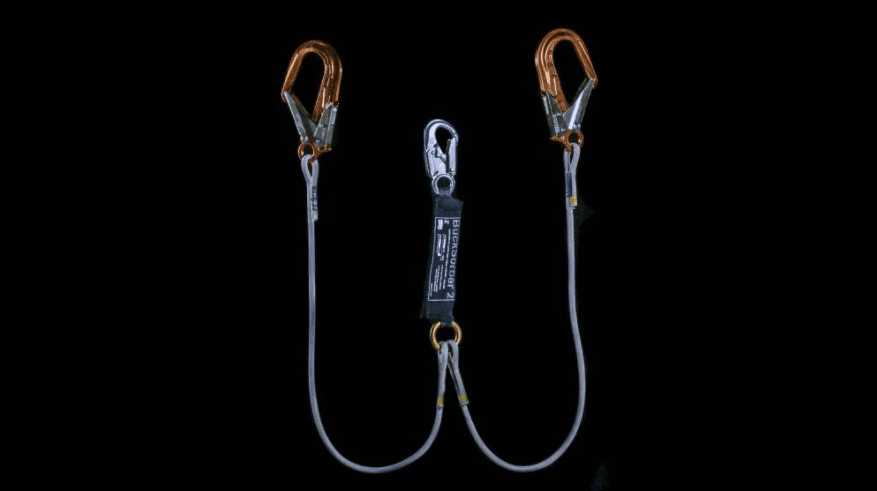
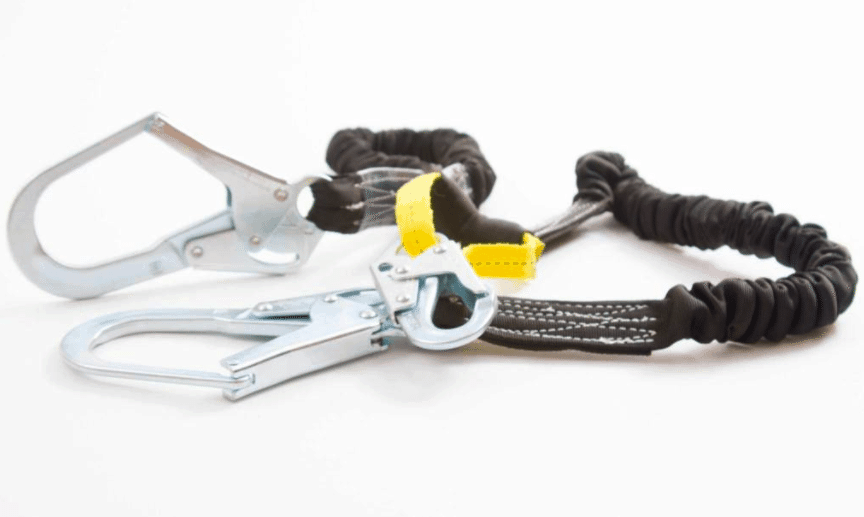
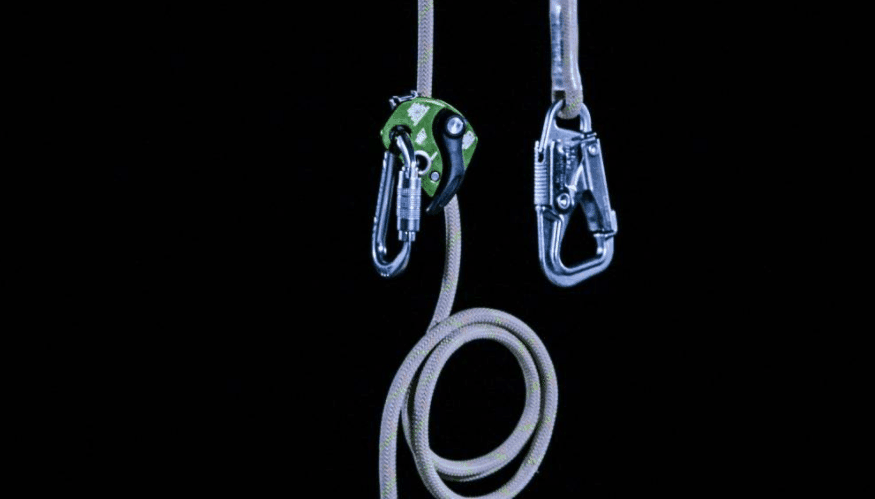
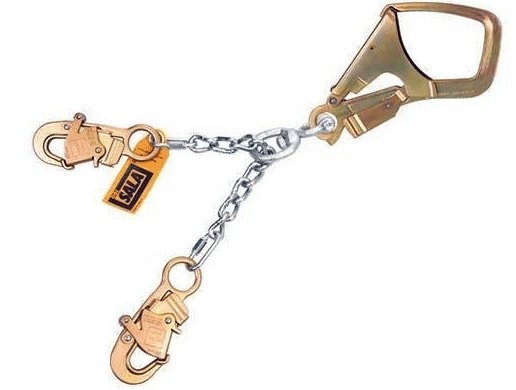
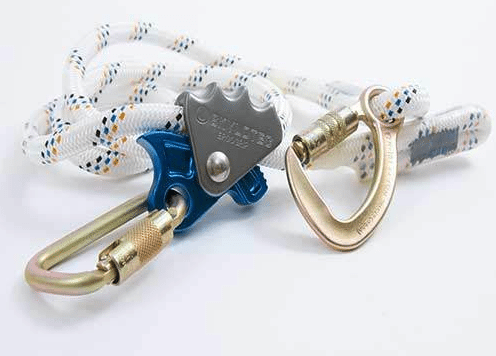
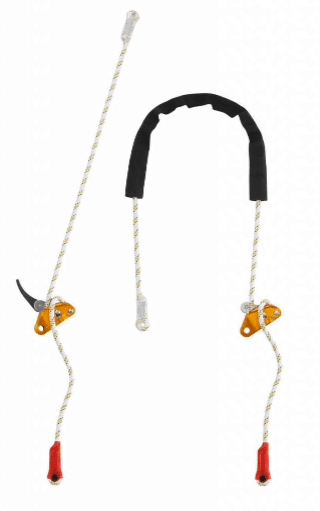
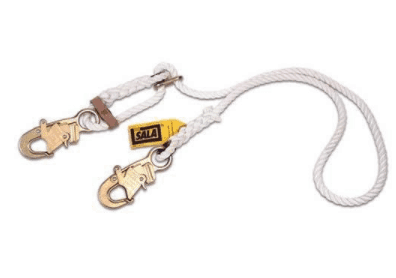
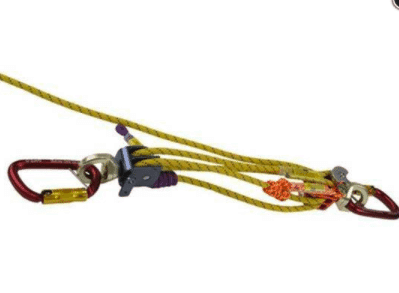
Mark Kaphle
Posted at 09:24h, 07 NovemberThis introduction is very helpful. Since it mentions “…..one of the four main different types of lanyards ……..”, it would make clear to the readers like myself if you identify the four types of lanyards with some kind of numbering (ex.1, 2, 3, and 4) system.
Mark Kaphle, CSP
Ty
Posted at 13:03h, 07 NovemberHi Mark,
Thank you for the feedback, we have included headers for each type of lanyard.
Stay Safe!